 Science suggests bold and aggressive trout are likely to dominate their peers, and being carefree extroverts, have the highest likelihood of eating our flies and lures, therefore enjoying a very short dominance …
Science suggests bold and aggressive trout are likely to dominate their peers, and being carefree extroverts, have the highest likelihood of eating our flies and lures, therefore enjoying a very short dominance …
… and those same scientists have inadvertently bred for aggressive, outgoing, social trout, used to rubbing shoulders in concrete pens, ensuring great numbers of them will be needed to guarantee species survival, as they lack the wily, shy nature of their wild counterparts.
Science also suggests boldness is inheritable – and should the aggressive, outgoing, fearless trout be lucky enough to mount something other than a loose fold of your wader leg, their progeny will also be bold, outgoing extroverts.
It is only reasonable that the last couple hundred years of angling and our relish for killing anything of size, has selected for shy, finicky, and introverted fish. Better yet, similar logic should hold for Mankind, given the bold social extroverts were likely the first ones out of the trench, and war, plague, and saturated fat, has seen fit to thin the ranks of extroverts and ensure species survival lies with “wild” or shy types.
Oracle: I’d ask you to sit down, but, you’re not going to anyway. And don’t worry about the vase.
Neo: What vase?
[Neo turns to look for a vase, and as he does, he knocks over a vase of flowers, which shatters on the floor.]
Oracle: That vase.
Neo: I’m sorry–
Oracle: I said don’t worry about it. I’ll get one of my kids to fix it.
Neo: How did you know?
Oracle: Oh, what’s really going to bake your noodle later on is, would you still have broken it if I hadn’t said anything?
… and is the successful angler so because boldness catches aggressive, and rushing to the creek forgetting to lock the car door, or checking for your license, or remembering lunch, catches more fish than us reserved fellows that use turn signals in traffic, and don’t “low hole” those that arrived before us?
Flies and tackle have certainly become bold as they’ve jettisoned somber and become bright and colorful again. Gone are the drab earth colors and camouflage finishes of the shy, stalking angler – replaced by tinted aluminum and the harsh hues of mini-mall neon.
Fly fishing periodicals are obviously catering to extroverts. Their pages depict an incessant litany of fashion, exotic locales, and eye-searing colors, suggesting boldness and audacity is unaffected by mounting debt, weakening economy, nor the indiscriminant accumulation of gear.
Perhaps their readers have read of their fate and are aware that continually low-holing the riffle, borrowing flies from your pals, or relying on Malaysian 747’s to get to those exotic locales, often ends badly – and both accumulated debt and dominance are erased in the resulting mushroom cloud.
It’s no secret that successful anglers stand little chance of reproduction, given their penchant for inclement conditions, incessant mosquitoes, and taint that follows all blood sports. Left to the female of the species, our extroverts have little chance of passing on their boldness given the only thing romantically linked to fly fishermen are beer and the Law.
… and wardens, being stalkers and introverts, aren’t liable to be attracted to boldness unless it is out-of-season, over limit or undersized.
And all this time I’d assumed fly fishing was merely a place for us antisocial types to pick on things smaller than us. Now I know us wily old guys are critical to the sport, as the outgoing extroverts are systematically eliminated it falls to us to propagate the species.
Which explains our relish for making fools of ourselves attempting to ignite the interest of something half our age … and why our numbers continue to dwindle …

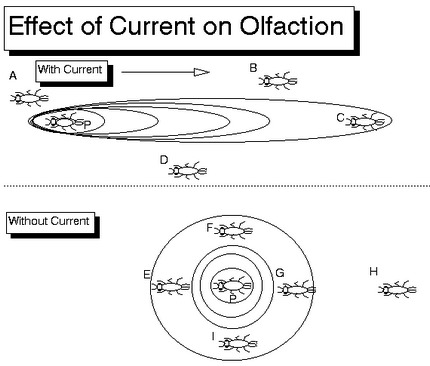

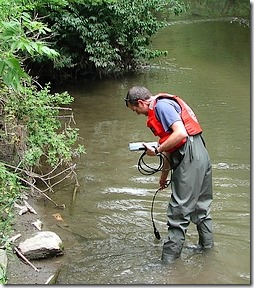

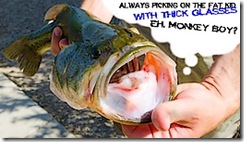
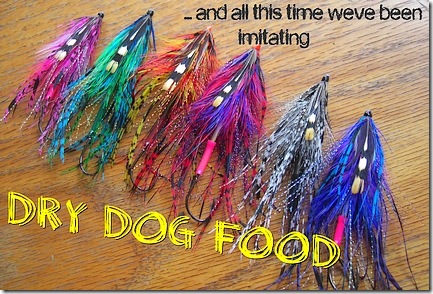


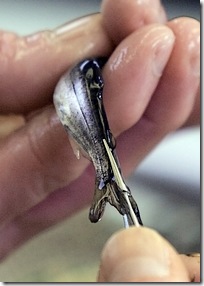 Until recently fisheries biologists have seen the adipose fin as largely superfluous, and have clipped it to visually distinguish planted fish from their wild cousins.
Until recently fisheries biologists have seen the adipose fin as largely superfluous, and have clipped it to visually distinguish planted fish from their wild cousins.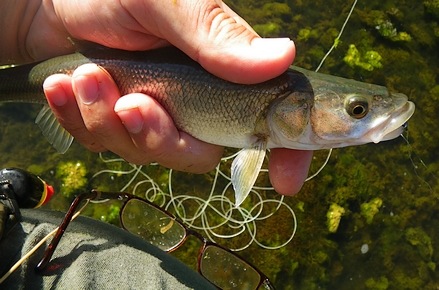
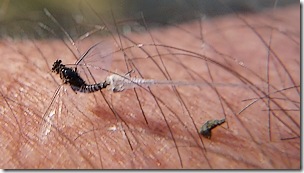
 Science suggests that it would prefer you not call an invasive species, invasive …
Science suggests that it would prefer you not call an invasive species, invasive …